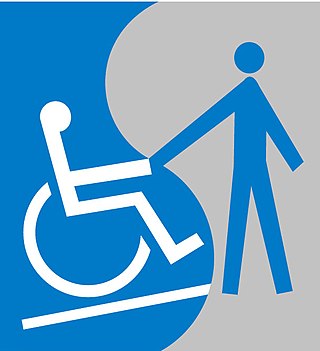Idiriya
Sri Lanka disability rights organization From Wikipedia, the free encyclopedia
IDIRIYA[1] is a not-for-profit humanitarian organisation focusing on disability rights based in Sri Lanka.[2]
 | |
| Formation | 2005 |
|---|---|
| Type | Not-for-profit |
| Location | |
Chief executive / secretary-general | Ajith C. S. Perera |
History
IDIRIYA was founded in 2005[3] by disability activist Ajith C. S. Perera.[4][5][6][7][8][9]
Significant contributions
IDIRIYA in 2007 helped formulate the first Sri Lanka building design standard—SLS ISO TR 9527:2006.[10][11][12]
A fundamental rights application was filed by IDIRIYA at the Supreme Court of Sri Lanka in March 2009.[13]
References
Further reading
External links
Wikiwand - on
Seamless Wikipedia browsing. On steroids.
